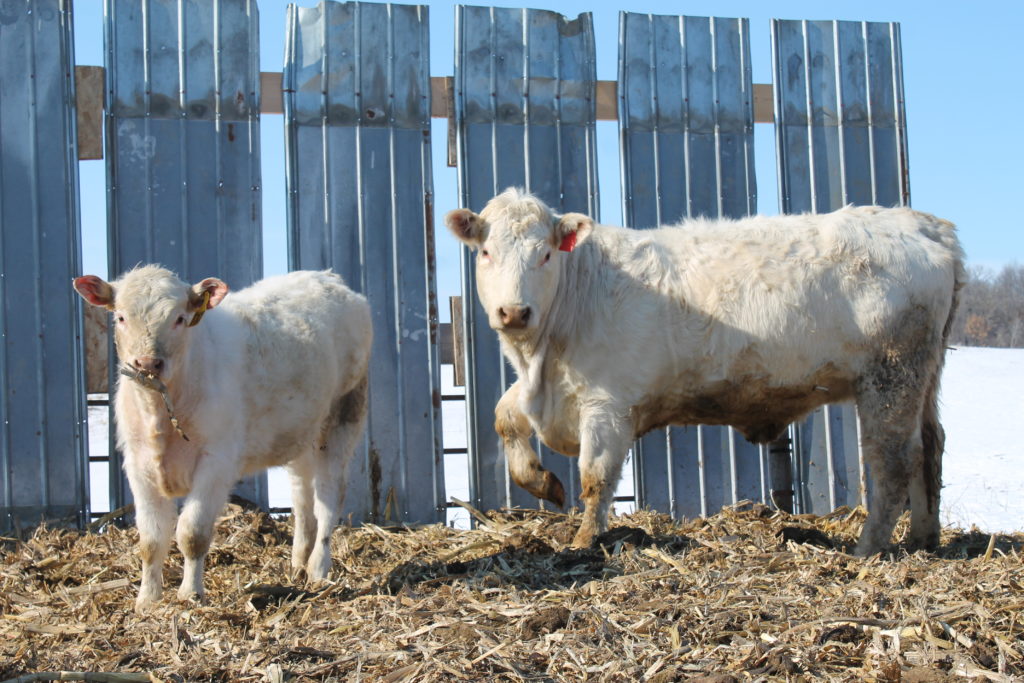

FEEDER CATTLE PRICES HOW TO
As an example of how to use these price slides, suppose the base price of 575 pound steers is $150/cwt. It is apparent that price slides are not only different for different weights but also vary for steers and heifers and at different times of the year. Table 1 shows annual average and monthly average price slides for selected weights of steers and heifers. Price slides depend on the price level and thus are more accurately stated as a percent of the base price. The price volatility of recent years has shown that these rules of thumb using absolute levels are inadequate to accurately capture price adjustments over a wide range of price levels. a 10 cent slide on calves or a 6 cent slide on yearlings. Prices slides are often stated in terms of traditional rules of thumb, e.g. Price slides are also useful for producers to evaluate price changes for the weight gain of calves in a preconditioning or short backgrounding program or perhaps the additional weight from creep feeding calves.

Price slides have a number of uses, the most common of which is adjusting the price of forward contracted cattle if actual weight is different from the specified base weight. Price slides are a measure of the amount of price adjustment as weight changes from a base weight. Not only do prices vary across cattle weights but the size of the price adjustment depends on the weight of the cattle. Feeder cattle prices depend on the weight of the cattle with lightweight cattle typically having the highest price per pound (or hundredweight) and lower prices for heavier cattle.


 0 kommentar(er)
0 kommentar(er)
